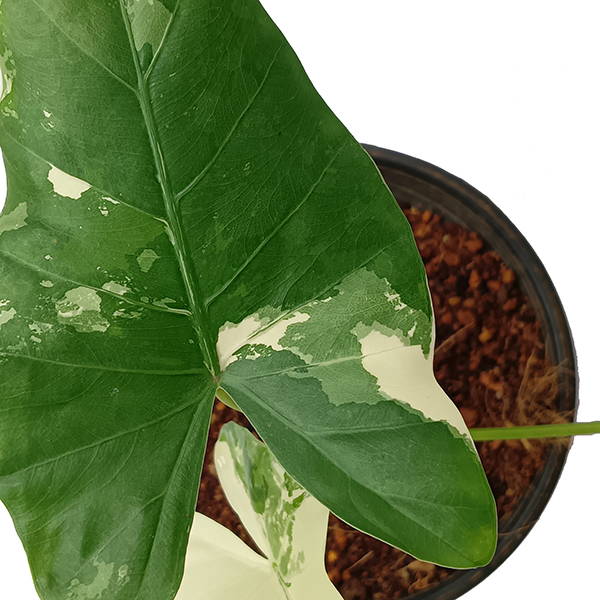
Family: Crassulaceae, Common Name: Aloe, Echeveria, Kalanchoe, Pilea, Sansevieria
Botanical name: Succulent
Despite the fact that they come in a variety of shapes, sizes, and colors, succulents are one of the most recognizable types of plants. They are known for thick, waxy leaves that often come to a point and many grow in a rosette formation. Succulents also give a whole new meaning to the idea of easy-care houseplants. They thrive with a certain degree of neglect which makes sense, given the unforgiving conditions these plants handle in their native environments.
Light
Lots of bright indirect light, at least 6 hours per day, is necessary for succulents. In nature, these plants thrive in desert environments where there is an abundance of light, so providing similar amounts of light is a must for these plants. Established, mature plants can often handle direct light, but younger plants may become scorched if exposed to direct light. It’s often best to err on the side of caution and avoid direct light.
Water
Let the soil completely dry out before watering a succulent. These easy-care houseplants prefer more arid conditions, making them a good fit for forgetful plant owners. When it is time to water, saturate the soil until water drains all the way through the soil. Make sure to empty the cache pot and tray, so the plant is not sitting in standing water.
Soil
Aloe, succulents, and cacti require that their potting soil should contain more drainage materials (compared to soils for most indoor plants), such as wood chips, perlite, coarse sand, or pumice, to allow the water to drain quickly. Most bagged soil-less potting soil made for indoor plants will work fine but remember that you must let the soil dry out completely before watering it again. You can add cactus potting soil mix to your potting soil to help the water drain if you feel the roots are staying wet for too long! A great time to do this is when you need to re-pot them into a larger pot.
Temperature
Average room temperature is good for succulents. These plants can do very well in warm temperatures. If you bring your succulent outside for the warmer months, make sure to bring it back inside well before the temperatures turn chilly.
Humidity
Staying true to their low maintenance reputation, succulents can live in low or average humidity. Succulents are very well suited to dry climates and prefer dry winter air that is problematic for most other varieties of houseplants. It’s typically best to avoid placing succulents in rooms prone to high humidity, like a kitchen or bathroom. Exposure to high humidity can cause fungal problems and may lead to leaf loss.
Fertilizer
Generally, succulents do not require a lot of feeding and can often do very well without being fertilized. However, fertilizing succulents can promote new growth and for some varieties even promote more vivid colors and flowering. Use a diluted liquid fertilizer once a month to keep the succulent houseplant thriving.
Avoid too strong or too frequent fertilizing that can damage the plant and possibly burn the leaves. Take a break from fertilizing your succulent during the colder months, especially if the plant is not actively growing.
Pro Tips
Most succulents can be propagated through cuttings. Remove a leaf and let the cut end callous over before placing it in soil. Roots should form in about 6 weeks. Some varieties, like sansevieria, can be water propagated.
Succulents do very well in terra-cotta pots. Due to the porous nature of terracotta, the soil is able to completely dry out which the plants prefer. Keep in mind that plants grown in terracotta pots may need to be watered more often since the soil can dry out so quickly, but it’s still necessary to let the soil completely dry out before watering.
If the leaves begin to shrivel or pucker, it is a sign the plant is too dry. Give the succulent a nice long drink, let the excess water drain and the leaves should plump back up shortly.
Re-pot your succulents when they have completely outgrown their pots. It might take years for this to happen depending on your climate, but they can live for many years without having to be transplanted!





